Mattancherry Palace
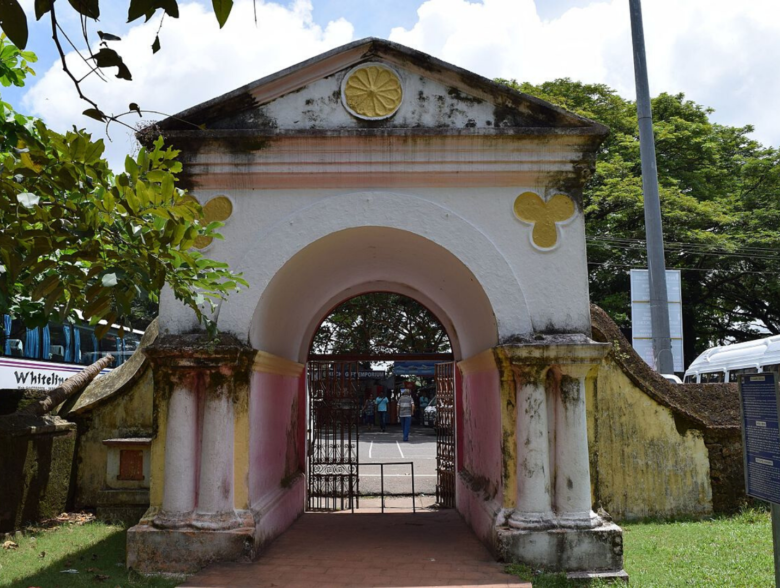
Photo Credit : Wikipedia
Mattancherry palace is one of the oldest examples of Portuguese architecture with oriental influence and is unique from the historical and architectural point of view. The palace was built around 1545 AD by the Portuguese and presented to Veera Kerala Varma in order to pacify him and to compensate for having plundered a temple in the vicinity of the place. It underwent major repairs at the hands of Dutch and hence the palace is also known as “Dutch Palace.” This two-storied quadrangular building has long and spacious halls. The central courtyard enshrines the tutelary deity of the royal family “Pazhayannur Bhagavathi (the Lord of Pazhayannur)”.There are two more temples dedicated to Lord Krishna and Shiva respectively. The upper story of the palace where the present museum is housed consists of a coronation hall, bedchamber, ladies chamber, dining hall, and other rooms. The palace represents the blending of the European and indigenous styles of architecture. The glory of the palace lies in its mural paintings covering an area of nearly 300 sq.m executed in three phases. The themes depict scenes from Ramayana. Besides puranic legends connected with Shiva, Vishnu, Krishna, and Durga. The themes from the contemporary literature of Kerala are also depicted here. The murals in the royal bedchamber depict scenes from Ramayana, the second set of wall paintings were executed in the staircase room depicting various deities.
The lower rooms intended for the royal ladies contain line drawings depicting the marriage of Parvati with Shiva and the adjoining room has five major panels depicting Krishna Leela and Siva Leela. The present museum was established in May 1985 housing a variety of exhibits such as portraits of the Cochin Kings, palanquins, dresses, weapons, three royal umbrellas, canopy, dolis, swords, stamps, and coins, etc. The life-size portraits of the kings of Cochin from 1864 onwards are displayed in a long hall originally served as coronation hall. The weapons on display are sheathed swords, daggers, and axes besides ceremonial spears decorated with feathers. There are in total five palanquins including doli in display in three different galleries. Of this, the most important one is the ivory palanquin made of wood laminated with ivory. The ceremonial dress of the kings with intricate lacework in golden thread woven into them is in the display. Also in display are royal caps worn by the Cochin kings. The coins issued by the kings of Cochin and postal stamps are exhibited besides important plans of Cochin drawn by the Dutch in the 17th and 18th centuries.
The double storeyed palace building which stands by the panoramic Kochi backwaters has an exquisite collection of murals collectively covering over 300 sq ft of its walls. The themes of these murals have been borrowed from the great Indian epics – the Ramayana and the Mahabharatha, and mythology and legends about the Hindu gods especially Guruvayurappan. Some murals depict scenes from Kumarasambhavam and other works of the great Sanskrit poet Kalidasa. Also on display are royal paraphernalia like weapons, swings, and furniture which offer a glimpse of the lifestyle of the royal family.
Map View
Monday
09:45 to 13:00
09:45 to 13:00
14:00 to 16:45
Tuesday
09:45 to 13:00
09:45 to 13:00
14:00 to 16:45
Wednesday
09:45 to 13:00
09:45 to 13:00
14:00 to 16:45
Thursday
09:45 to 13:00
09:45 to 13:00
14:00 to 16:45
Friday
Closed
Saturday
Closed
Sunday
09:45 to 13:00
09:45 to 13:00
14:00 to 16:45
Create a trip plan to Mattancherry Palace FREE
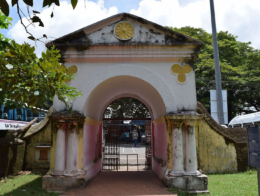

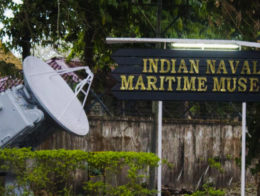
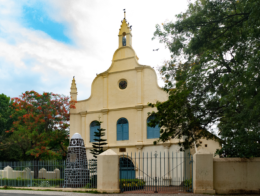
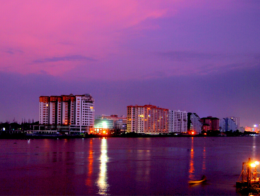
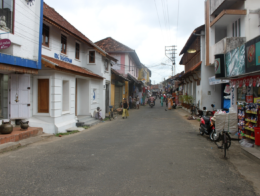
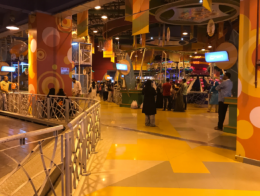
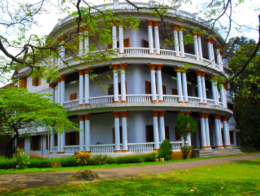
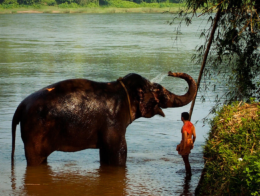
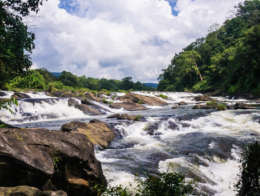
Leave a review
You must be logged in to post a comment.